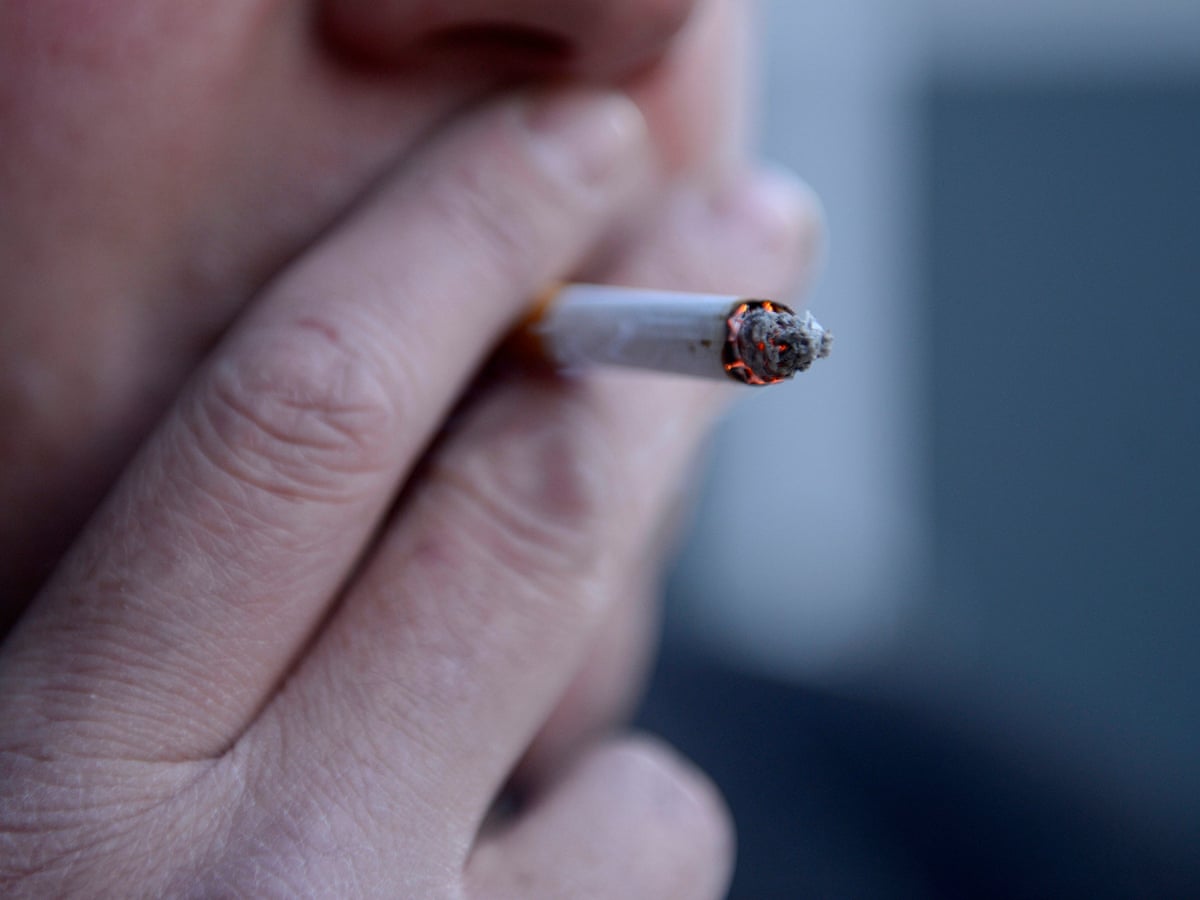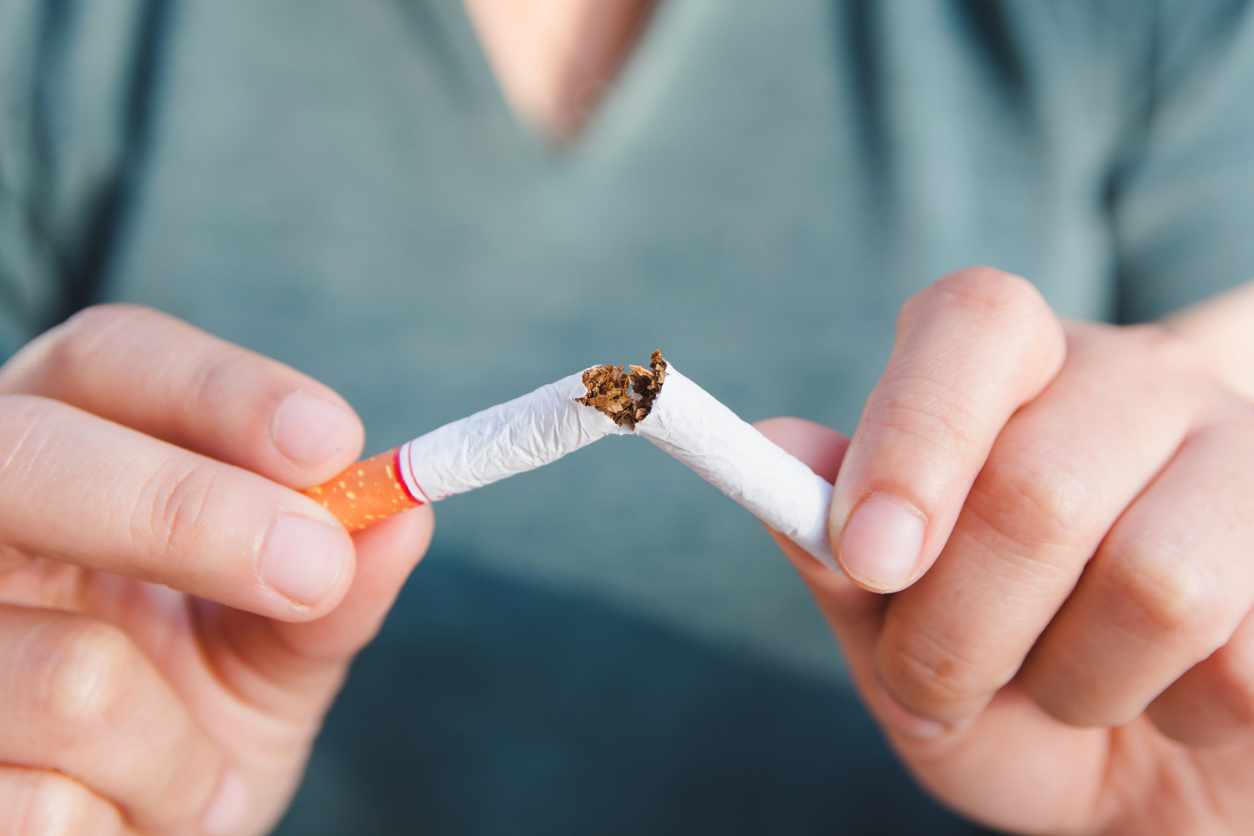
Just 100 cigarettes over the course of someone’s life may be enough to raise their risk of heart disease and death, a new study suggests.
Researchers at Johns Hopkins University, who looked at the smoking habits of more than 300,000 adults for almost 20 years, found that men and women who smoked as few as two cigarettes daily had a 60% increased risk of death from any cause compared to those who never smoked.
Additionally, the smoking group had a 50% higher risk of heart disease, according to the study published Tuesday in the journal PLOS Medicine.
“Tobacco use is a very well-established risk factor for heart disease,” said Dr. Jennifer Miao, a cardiologist at Yale University and an ABC News Medical Unit fellow. “It really damages the blood vessel lining and it accelerates the development of plaques and coronary artery disease.”
Smoking is also linked to heart rhythm issues, such as atrial fibrillation and stroke, Maio added.

Cutting back on cigarette use may not be enough to reverse the harm, the study found. Although current smokers had a higher risk of death than former smokers, former smokers still had an elevated risk of heart disease more than 20 years after they had kicked the habit, according to the study.
Data from the American Lung Association shows that adult smoking in the U.S. has dropped from about 42% in 1965 to roughly 12% in 2022 — a decline of more than 70%.
However, the number of people smoking fewer than 15 cigarettes per day increased 85% during the same period.
Americans should be counseled to quit smoking altogether rather than just cutting back, Dr. Erfan Tasdighi, co-author of the study and internal medicine physician at Rutgers New Jersey Medical School, told ABC News.
“We actually have the evidence … to say that even less than one cigarette a day can increase different multiple cardiovascular outcomes, and it’s not something that’s clinically insignificant,” Tasdighi said.
Miao acknowledged how difficult it can be for patients to go completely smoke-free.

“It’s very, very important for us as clinicians to acknowledge that it’s a lot easier said than done,” she said.
Miao suggested that physicians identify who is having a difficult time stopping tobacco use and get them connected with the appropriate resources and medical therapies available for smoking cessation efforts.
The benefit of quitting smoking is most substantial in the first ten years after quitting, the study suggested. However, researchers say it takes time for the body to recover and reach the level of someone who never smoked.
Tasdighi emphasized that this doesn’t mean cessation doesn’t have immediate effects.
“It’s important that people know that when they stop smoking, their risk goes down immediately and significantly,” he said.
Miao agreed, adding that the study’s most important takeaway is that “it’s important to quit smoking early on, and no amount of smoking is without risk and health consequences.”

It’s not just patients who should heed the results of this study, the authors stressed. Physicians should also consider changing the way they inquire about smoking because the number of packs someone smokes per year is not necessarily predictive of long-term health risks, they said.
“Clinicians need a more nuanced approach that incorporates other ways to identify and quantify cigarette use, like smoking status and smoking intensity,” Miao said, noting that whether it’s smoking one cigarette a day or one a week, no amount of smoking is safe, and quitting remains the best thing someone can do for their health.

Daily Habit, Deadly Toll: The Diseases Lurking Behind Just One Cigarette a Day
In the persistent narrative around smoking, the focus often falls on heavy smokers—the multi-pack-a-day user facing a statistically certain health crisis. Yet, a growing body of medical evidence is shattering a deeply ingrained myth: the idea that a “light” habit, perhaps just one cigarette a day, is a harmless compromise.
The reality, according to experts, is stark: There is no safe threshold for smoking. Even minimal exposure carries significant, life-altering risks, challenging the perception that occasional indulgence is a manageable vice.
“The difference in risk between smoking one cigarette a day versus a pack a day is far smaller than most people assume,” says Dr. Emily Carter, a prominent pulmonologist and researcher at the National Health Institute (NHI). “It’s the exposure, not just the quantity, that primes the body for disease.”
The Cardiovascular Catastrophe
While many might associate a single daily cigarette with lung issues, the most immediate and profound danger lies in the cardiovascular system. This habit has been shown to raise the risk of heart disease and stroke disproportionately to the number of cigarettes consumed.
-
Heart Attack and Stroke: A landmark study published in the British Medical Journal found that men who smoked just one cigarette a day had about 46% of the increased risk of heart disease and 41% of the increased risk of stroke compared to those who smoked 20 cigarettes a day. For women, the figures were similar. This indicates a near-maximal effect on the heart from minimal exposure.
-
Mechanism: Nicotine and carbon monoxide immediately strain the heart. They increase heart rate and blood pressure, make blood platelets stickier (increasing the chance of clots), and damage the delicate lining of blood vessels, which accelerates the process of atherosclerosis (hardening of the arteries).

The Hidden Cancer Risk
While the risk for lung cancer is indeed lower for the one-a-day smoker than for a heavy smoker, it is not zero. Furthermore, the smoke contains numerous carcinogens that travel throughout the body, raising the likelihood of cancers far from the lungs.
-
Lung Cancer: Research suggests that smoking 1–4 cigarettes per day can still multiply the risk of lung cancer by up to three times compared to never-smokers.
-
Other Cancers: The chemical compounds in tobacco smoke increase the risk for cancers of the esophagus, stomach, pancreas, liver, and bladder. These risks persist even with light smoking, as the body’s DNA repair mechanisms are constantly challenged by the toxins absorbed.
Beyond the Big Two: Other Significant Threats
The damage from a single cigarette isn’t confined to the heart and lungs. It acts as a systemic toxin, contributing to several chronic, debilitating conditions:
| Condition | Impact on the Light Smoker |
| Chronic Obstructive Pulmonary Disease (COPD) | Increased risk of developing chronic cough, phlegm, and long-term lung damage, even at low levels of smoking. |
| Type 2 Diabetes | Smoking, even lightly, interferes with the body’s ability to use insulin effectively, raising the risk of developing diabetes by as much as 30%. |
| Infections | Compromised immune function makes light smokers more susceptible to severe respiratory infections, including pneumonia and influenza. |
| Reproductive Health | Can negatively impact fertility in both men and women, leading to difficulty conceiving. |
The Final Verdict: Quit Completely
The message from the medical community is unanimous: Any smoking is harmful smoking.
“If you’re smoking one cigarette a day because you think it’s a ‘safer’ way to manage the addiction, you’re fundamentally mistaken,” Dr. Carter concludes. “You’re getting a high percentage of the risk for a fraction of the nicotine. The best, most effective health intervention is to stop completely.”
For individuals struggling with even a light habit, health organizations strongly recommend seeking assistance, emphasizing that quitting at any point dramatically and rapidly begins to repair the body’s damaged systems.









:max_bytes(150000):strip_icc():focal(680x236:682x238)/eva-amurri-wedding-070124-f04ba0a4e60347da8b87d7d6714508ac.jpg?w=1200&resize=1200,0&ssl=1)






























:max_bytes(150000):strip_icc():focal(999x0:1001x2)/no-time-to-die-1-2000-0892ec328cf04d98abd4c7cf18483821.jpg?w=1200&resize=1200,0&ssl=1)

